
How to Use SparkFun OpenLog: Examples, Pinouts, and Specs
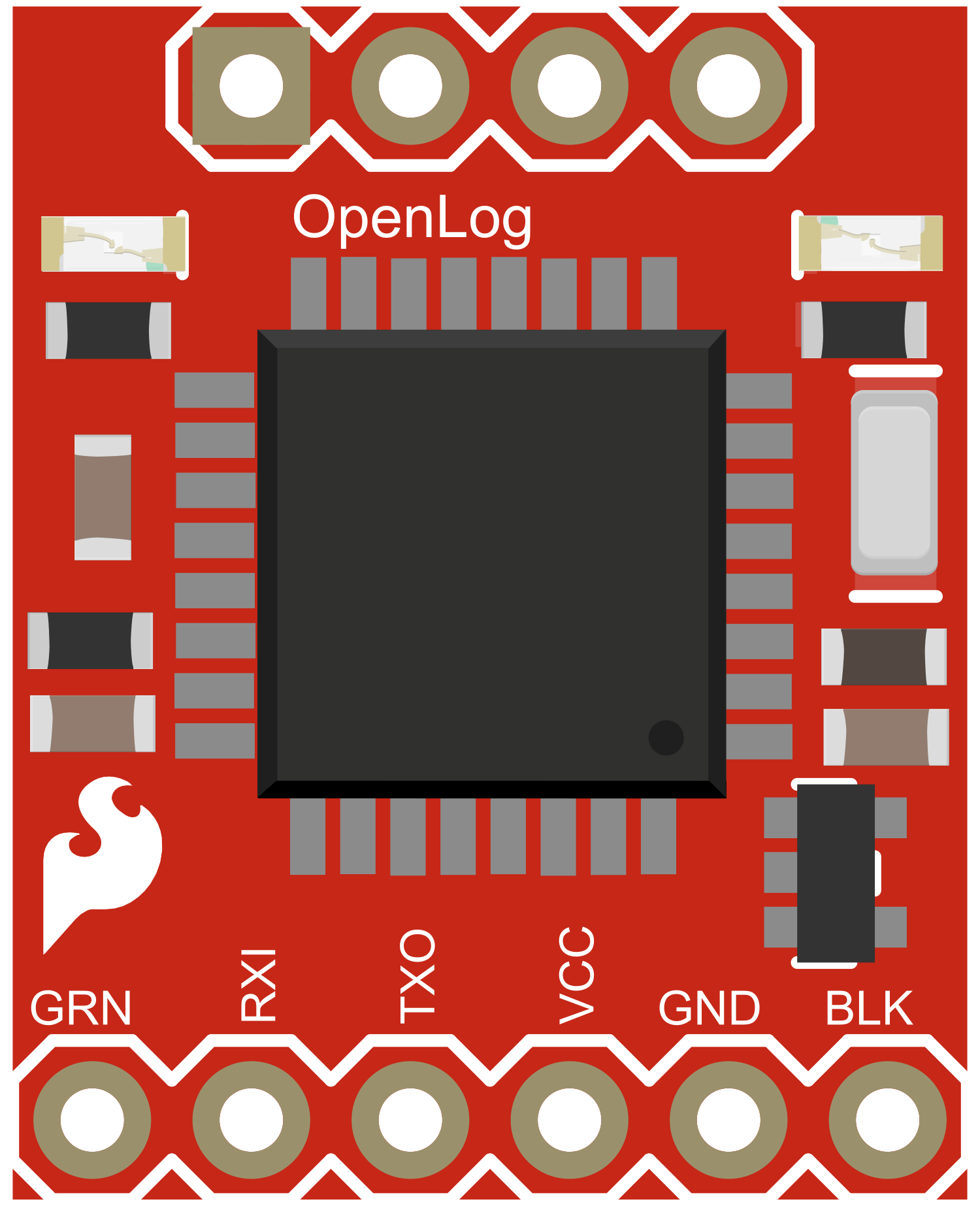
 Design with SparkFun OpenLog in Cirkit Designer
Design with SparkFun OpenLog in Cirkit DesignerIntroduction
The SparkFun OpenLog is an open-source data logger that is easy to use and capable of recording serial data from various sensors and devices. It is designed to be connected directly to a microcontroller's serial output and can log data to a microSD card at up to 115200 baud. The OpenLog is ideal for applications such as capturing sensor data over time, logging GPS coordinates, and recording system events for debugging purposes.
Explore Projects Built with SparkFun OpenLog
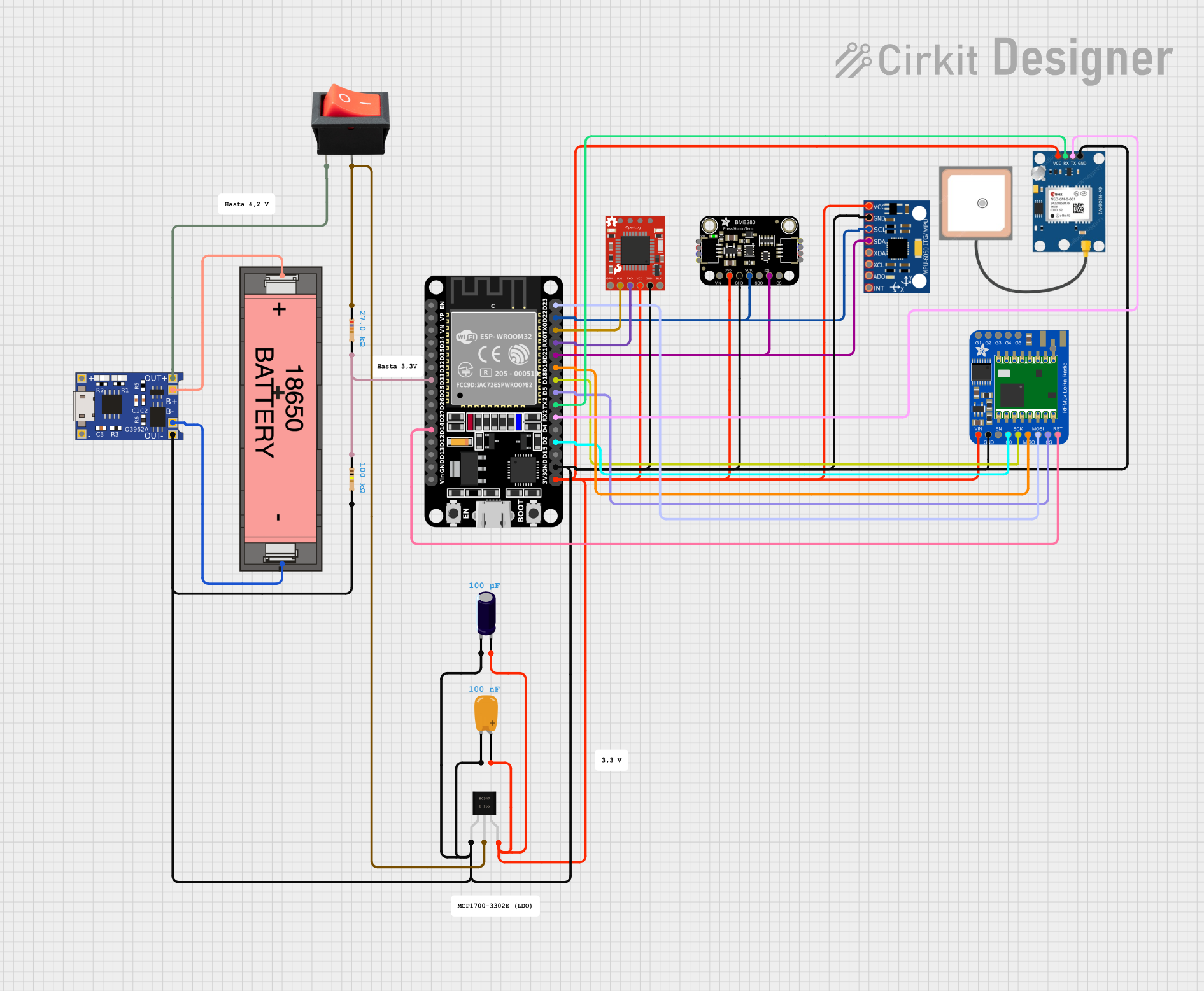
 Open Project in Cirkit Designer
Open Project in Cirkit Designer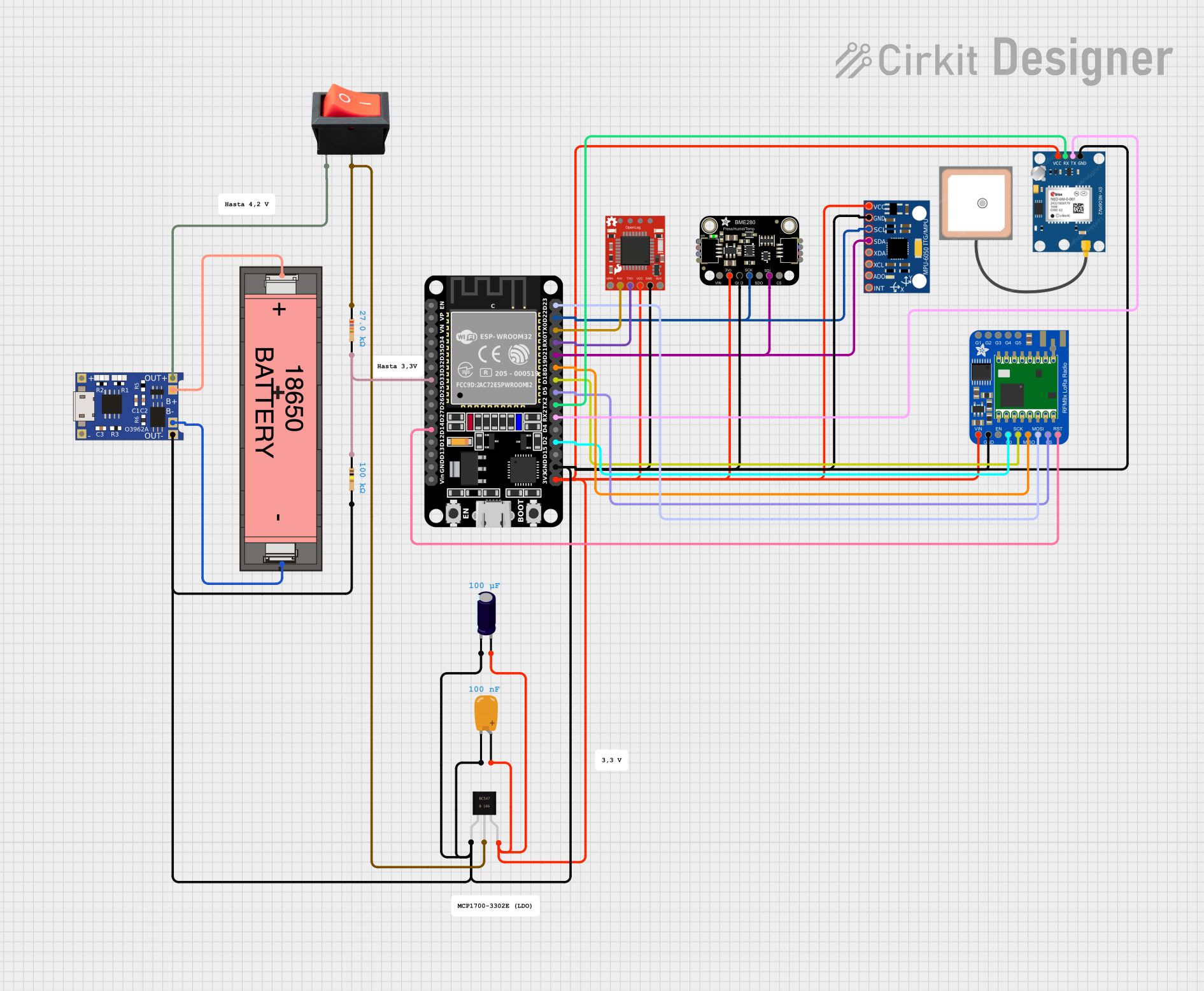
 Open Project in Cirkit Designer
Open Project in Cirkit Designer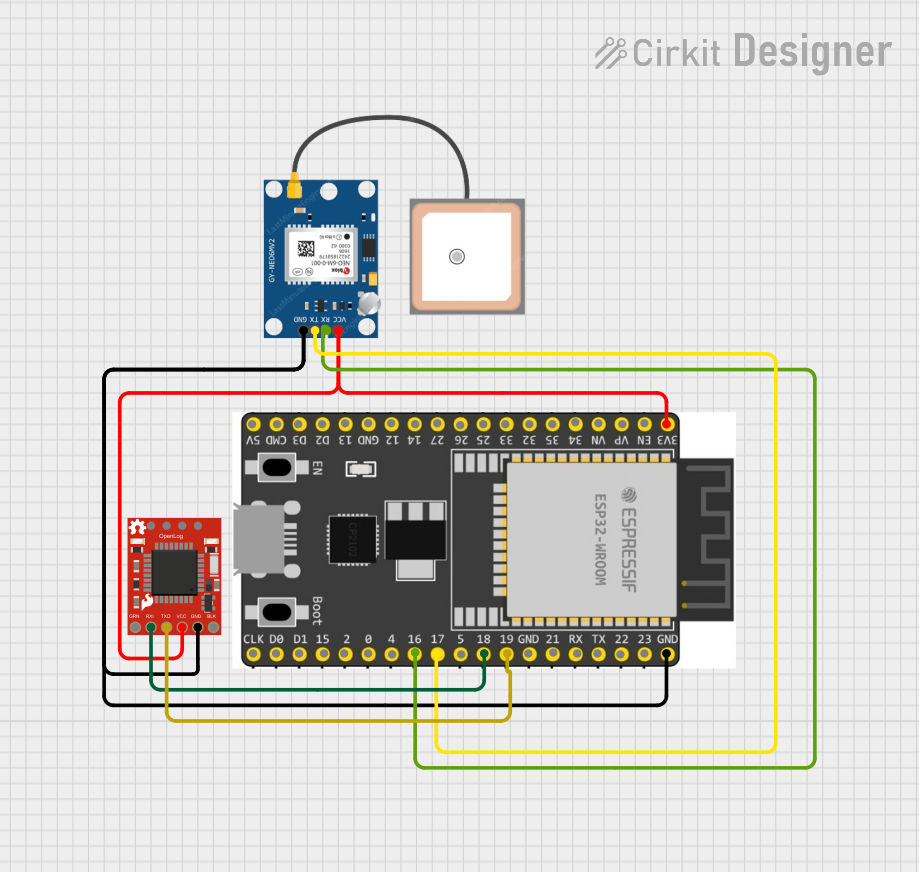
 Open Project in Cirkit Designer
Open Project in Cirkit Designer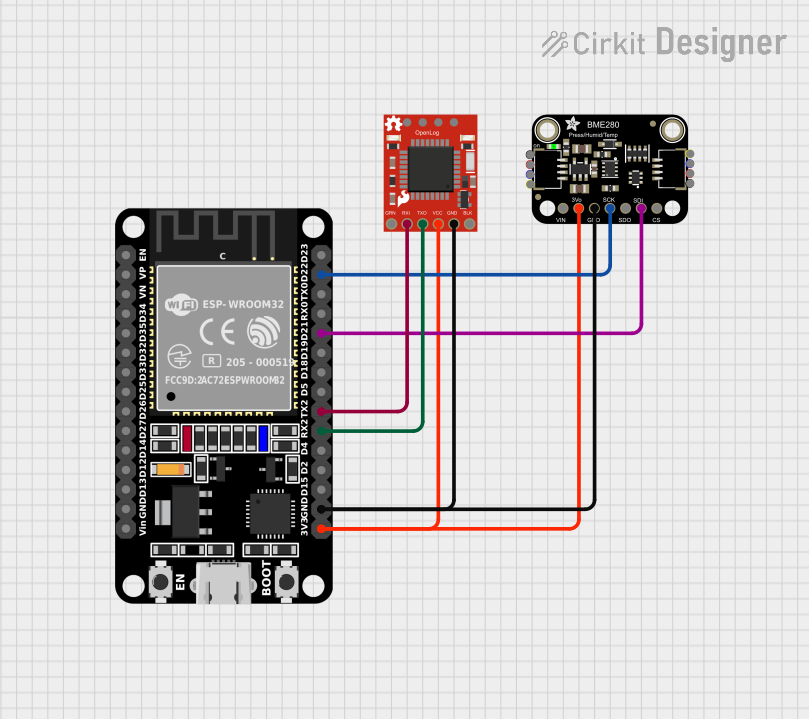
 Open Project in Cirkit Designer
Open Project in Cirkit DesignerExplore Projects Built with SparkFun OpenLog

 Open Project in Cirkit Designer
Open Project in Cirkit Designer
 Open Project in Cirkit Designer
Open Project in Cirkit Designer
 Open Project in Cirkit Designer
Open Project in Cirkit Designer
 Open Project in Cirkit Designer
Open Project in Cirkit DesignerCommon Applications and Use Cases
- Environmental data logging (temperature, humidity, pressure)
- GPS tracking and journey recording
- Motion and acceleration monitoring
- Long-term data capture for system debugging
- Robotics and unmanned vehicle data logging
Technical Specifications
Key Technical Details
- Operating Voltage: 3.3V to 12V
- Logic Level: 3.3V
- Baud Rates: 300 to 115200 bps
- Memory: microSD card (up to 32GB, FAT16 or FAT32)
- Interface: Serial UART
- Dimensions: 0.16 x 0.6 inches
Pin Configuration and Descriptions
| Pin # | Name | Description |
|---|---|---|
| 1 | GND | Ground connection |
| 2 | VCC | Power supply (3.3V to 12V) |
| 3 | RXI | Serial Receive Input |
| 4 | TXO | Serial Transmit Output |
| 5 | DTR | Data Terminal Ready, used for automatic logging control |
Usage Instructions
How to Use the Component in a Circuit
- Powering the OpenLog: Connect the VCC pin to a 3.3V to 12V power supply and the GND pin to the ground.
- Connecting to a Microcontroller: Connect the RXI pin of the OpenLog to the TX (transmit) pin of your microcontroller, and the TXO pin to the RX (receive) pin if bidirectional communication is required.
- Starting Logging: Insert a formatted microSD card into the OpenLog. The device will create a new log file automatically upon power-up and start logging any data received on the RXI pin.
Important Considerations and Best Practices
- Ensure that the microSD card is formatted to FAT16 or FAT32 before use.
- Use a level shifter if your microcontroller operates at a different logic level than 3.3V.
- Avoid removing the microSD card or powering down the system while logging to prevent data corruption.
- For high baud rates, ensure that the microcontroller and OpenLog are as close as possible to minimize signal degradation.
Troubleshooting and FAQs
Common Issues Users Might Face
- Data not logging: Ensure that the microSD card is properly inserted and formatted. Check the connections between the OpenLog and the microcontroller.
- Garbled data: Verify that the baud rate of the microcontroller matches the OpenLog setting. Check for noise in the serial line.
- OpenLog not creating files: Make sure the DTR line is correctly connected if using automatic logging control.
Solutions and Tips for Troubleshooting
- If the OpenLog is not behaving as expected, try resetting it by power cycling.
- Check the OpenLog's LED indicators to diagnose power and logging status.
- Ensure that the serial connection is not being interrupted by other processes on the microcontroller.
FAQs
Q: Can the OpenLog be used with sensors that do not have a serial output? A: Yes, but an intermediary microcontroller is required to read the sensor data and send it to the OpenLog via serial communication.
Q: What is the maximum size of the microSD card that can be used with the OpenLog? A: The OpenLog supports microSD cards up to 32GB in size.
Q: How do I change the baud rate of the OpenLog?
A: The baud rate can be configured by editing the config.txt file on the microSD card or by sending serial commands to the OpenLog.
Example Code for Arduino UNO
Below is an example Arduino sketch that demonstrates how to send data to the OpenLog. This example assumes that the OpenLog is connected to the Arduino's hardware serial port.
#include <SoftwareSerial.h>
// Create a software serial port called 'openLog'
SoftwareSerial openLog(2, 3); // RX, TX
void setup() {
// Start the hardware serial port for debugging
Serial.begin(9600);
// Start the software serial port at the baud rate of the OpenLog
openLog.begin(9600);
Serial.println("OpenLog test begins");
}
void loop() {
// Send test data to the OpenLog
openLog.println("Hello, OpenLog!");
// Wait for 1 second
delay(1000);
}
Remember to adjust the openLog.begin(9600); line to match the baud rate of your OpenLog if it is set to a different value.